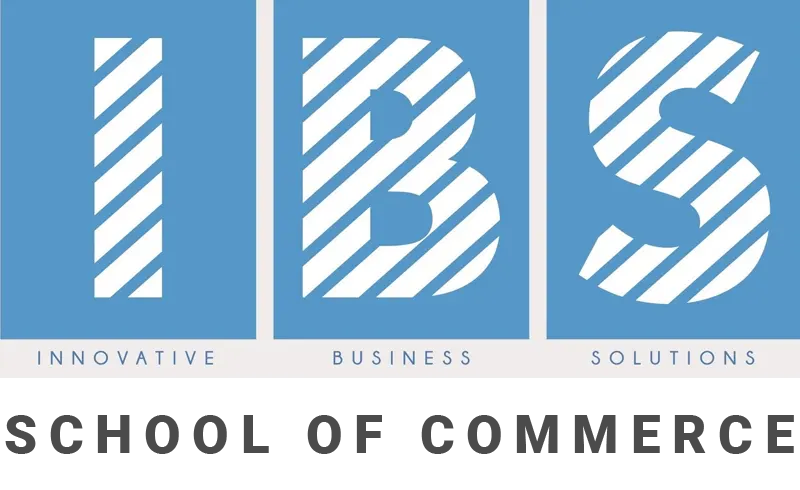FOREIGN Software
1. QUICKBOOKS
QuickBooks is one of the common accounting packages for small- to medium-sized businesses. If you are in the job market for an accounting, managerial or administrative position, learning QuickBooks could be beneficial for getting jobs that require knowledge of this type of software.
QuickBooks Allows You to Create and Track Invoices Easily
QuickBooks Keeps Track of Expenses and Bills Automatically
QuickBooks Is Intuitive
QuickBooks Has an Automated Backup Service
QuickBooks is Customer-Oriented
Duration
- 2 months
Eligibility
- +2 or above
Syllabus Includes
- Principles of Accounting
- Double-Entry Bookkeeping
- Working with Accounts Receivable
- Record Account Payable Transactions
- Inventory Accounting
- Accounting for Fixed Assets
- Recognize Liabilities
- Closing Revenue and Expense Accounts
- Setting Up the Chart of Accounts
- Setting Up the Chart of Accounts List
- Setting Up the Item List
- Working with Price Level List
- Using Sales Tax Codes
- Setting Up Lists – Customer & Vendor
- Access Preferences Settings
- Setting Accounting Preferences
- Setting Bills
- Setting Calendar
- Setting Checking Preferences
- Control-Integrated Applications
- Integrated Payment Processing
- Setting Search and Send Forms Preferences
- Invoicing Customers
- Choose and Customize an Invoice Form
- Record Sales Receipts and Credit Memos
- Assessing Finance Charges
- Billing for Time
- Track Inventory and Items
- Managing Cash and Bank Accounts
- Paying Employees
- Working with Journal Entries
- Working with Memorized Transactions
- Review Accountant and Taxes Reports
- Preparing Financial Statements and Reports
- Modifying a Report
- Processing Multiple Reports
- Preparing a Budget
- Managing with a Budget
- Setting Up Project and Job Costing Systems
- Keep Data Confidential
- Use QuickBooks in a Multiuser Environment
- Protecting Data
- Backing QuickBooks Data File
- Restore QuickBooks Data File
- Condensing QuickBooks Company Files
2. SAGE 50
The Sage 50 Account courses are ideal if you are a brand new or existing Sage Accounts user who wants to learn step by step and fully understand the functions of Sage 50 Accounts. Sage 50 Accounts is by far the best selling accounting software in the UK. More than 300,000 companies across the UK have discovered its ability to save time and improve management control. As government legislation changes more and more companies are investing in Sage 50 accounts.
Duration
- 2 months
Eligibility
- +2 or above
Syllabus Includes
- Working with Sage 50 cloud accounts
- Basic Settings and Details
- The Chart of Accounts
- Bank Receipts & Payments
- Customers
- Suppliers
- Working with Lists
- Batch Invoices
- Service Invoices
- Processing Invoices
- Products and Services
- Stock Control
- Product Invoices
- Product Credit Notes
- Reviewing your Accounts
- Aged Debtors and Statements
- Customer Receipts
- Customer Activity
- Supplier Batch Invoices
- Supplier Payments
- More about the Nominal Ledger
- More about Bank Accounts
- Using the Cash Register
- Bank Reconciliation
- Recurring Entries
- VAT Returns
- More about Reports
- Restoring and Backing-up Data
3. ZOHOBOOKS
Zoho Books training facilitates expanding knowledge of advanced technology and easy access features in the cloud accounting software. This course further helps to face challenges in the accounting sector jobs. It considered as an accounting tool that helps to manage accounts for small business industries.
Duration
- 2 months
Eligibility
- +2 or above
Syllabus Includes
- Principles of Accounting
- Double-Entry Bookkeeping
- Working with Accounts Receivable
- Record Account Payable Transactions
- Inventory Accounting
- Accounting for Fixed Assets
- Recognize Liabilities
- Closing Revenue and Expense Accounts
- Setting Up the Chart of Accounts
- Setting Up the Chart of Accounts List
- Setting Up the Item List
- Working with Price Level List
- Using Sales Tax Codes
- Setting Up Lists – Customer & Vendor
- Access Preferences Settings
- Setting Accounting Preferences
- Setting Bills
- Control-Integrated Applications
- Integrated Payment Processing
- Invoicing Customers
- Record Sales Receipts and Credit Memos
- Track Inventory and Items
- Managing Cash and Bank Accounts
- Paying Employees
- Working with Journal Entries
- Preparing Financial Statements and Reports
- Modifying a Report
- Keep Data Confidential
- Protecting Data
- Backing Data File
- Restore Data File
